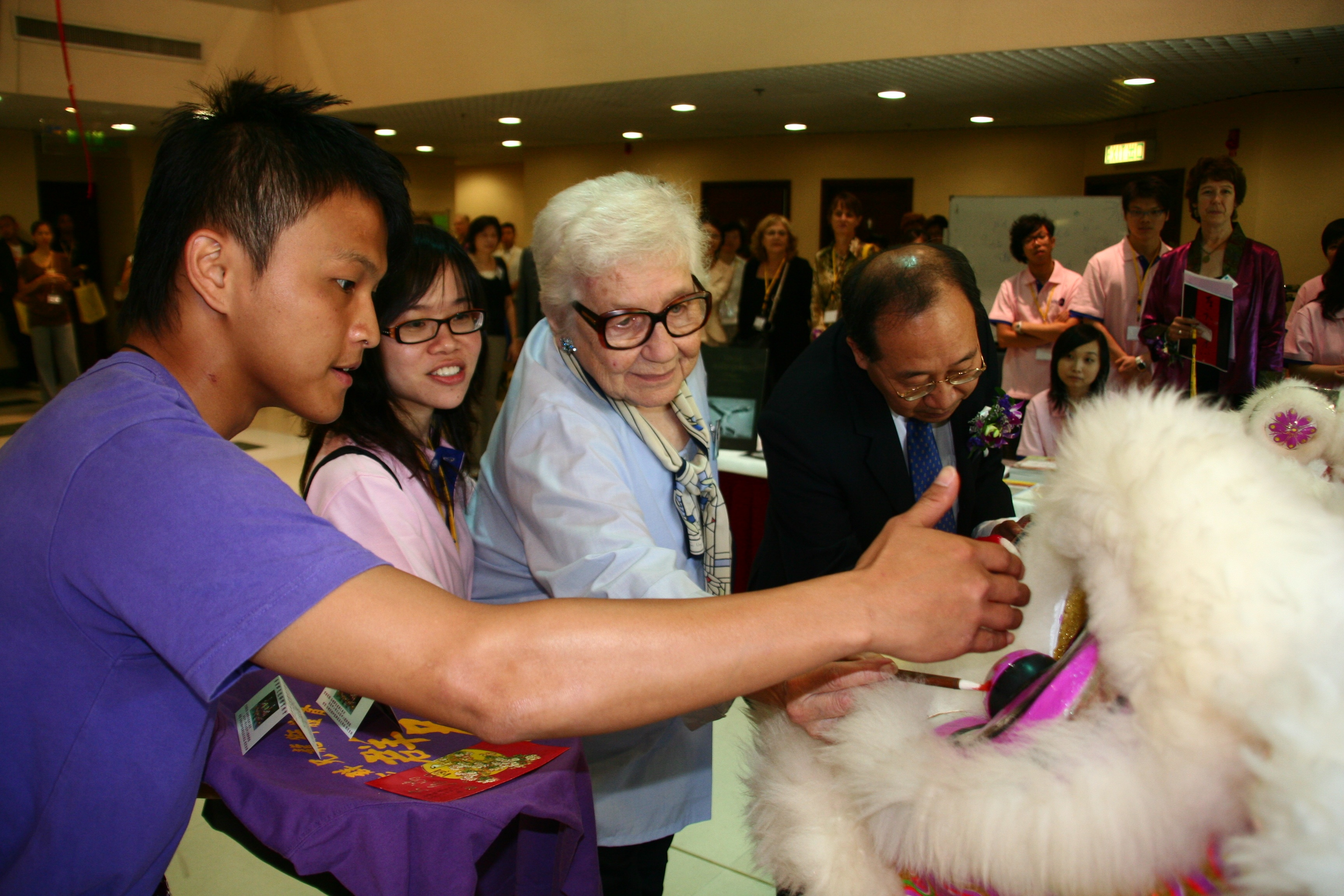

At the heart of this memorial issue that honors the life and work of Drid Williams is a reprint of her 1982 classic paper “Semasiology: A Semantic Anthropologist’s View of Human Movements and Actions,” which announced “semasiology” to British social anthropology. This is framed by articles written by two of her closest colleagues and friends: Brenda Farnell and Charles Varela.
Brenda Farnell is a former student of Dr. Williams, a member of the foundational New York University MA group (1980-84), and now a professor of sociocultural and linguistic anthropology and head of the Department of Anthropology at the University of Illinois at Urbana-Champaign. Charles Varela is a long-time colleague, also a member of the New York circle, now emeritus professor of psychology and sociology at Union County College, New Jersey. He is currently a research associate at the University of Illinois, actively engaged in contributing to the philosophy of the social sciences. Charles was a regular visiting lecturer in Dr. Williams’s courses at New York University and a founding member of the Society for the Anthropological Study of Human Movement (SASHM) at NYU, which was the companion society to this journal from 1979 to1986.
Farnell contributes a discussion of Williams’s 1982 paper that locates it historically and theoretically within social anthropological thought of the 1970 and 1980s, while Varela provides a detailed exegesis of the theoretical significance of semasiological theory to the history and philosophy of the social sciences more broadly.
This issue is the first of two we will devote to Dr. Williams, who founded JASHM at New York University in 1979 and served as its senior editor for more than thirty years. She always maintained “a counsel of excellence” in writing, reviewing, and editing that will continue to provide a model to which we aspire going forward. Her belief in the importance of this journal for an emerging field of study and in support of her graduate students’ professionalization never wavered. She will be sorely missed.